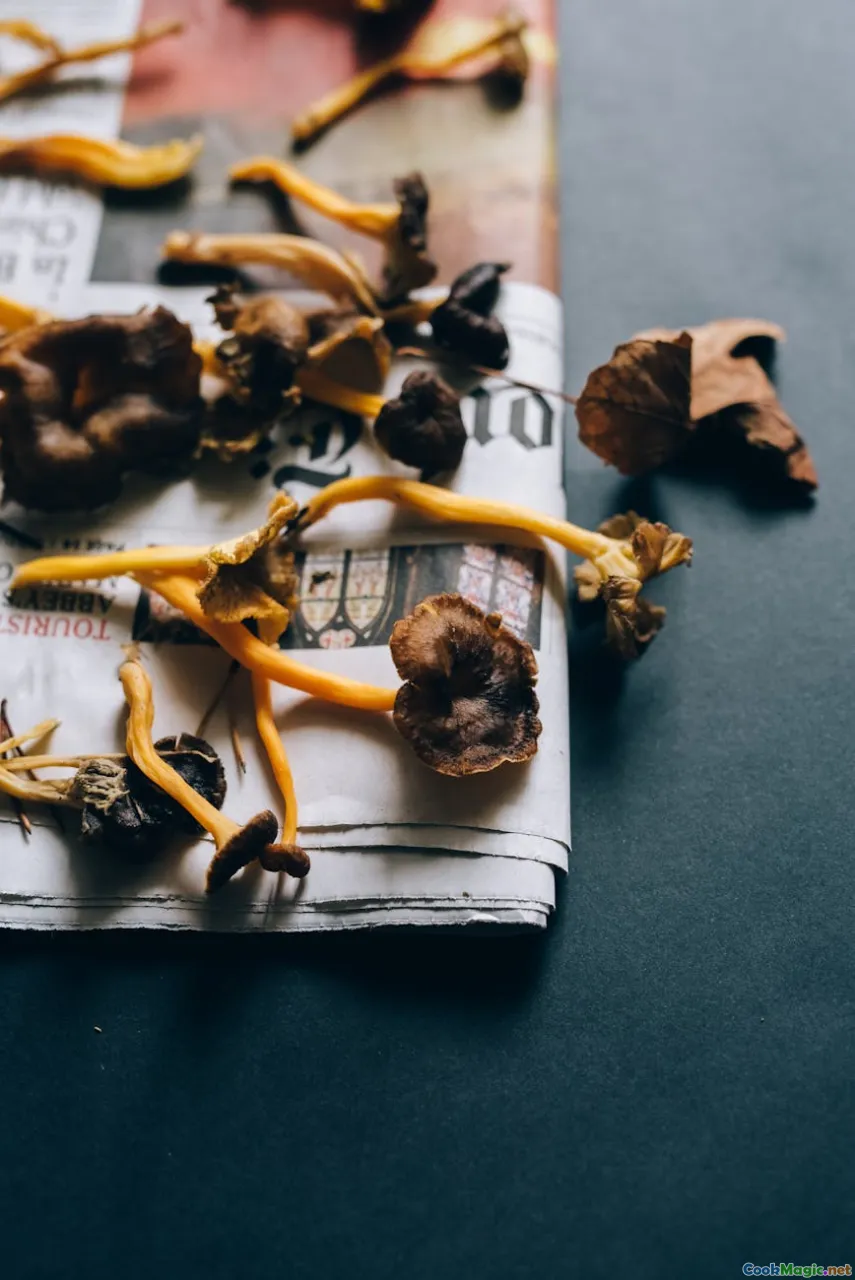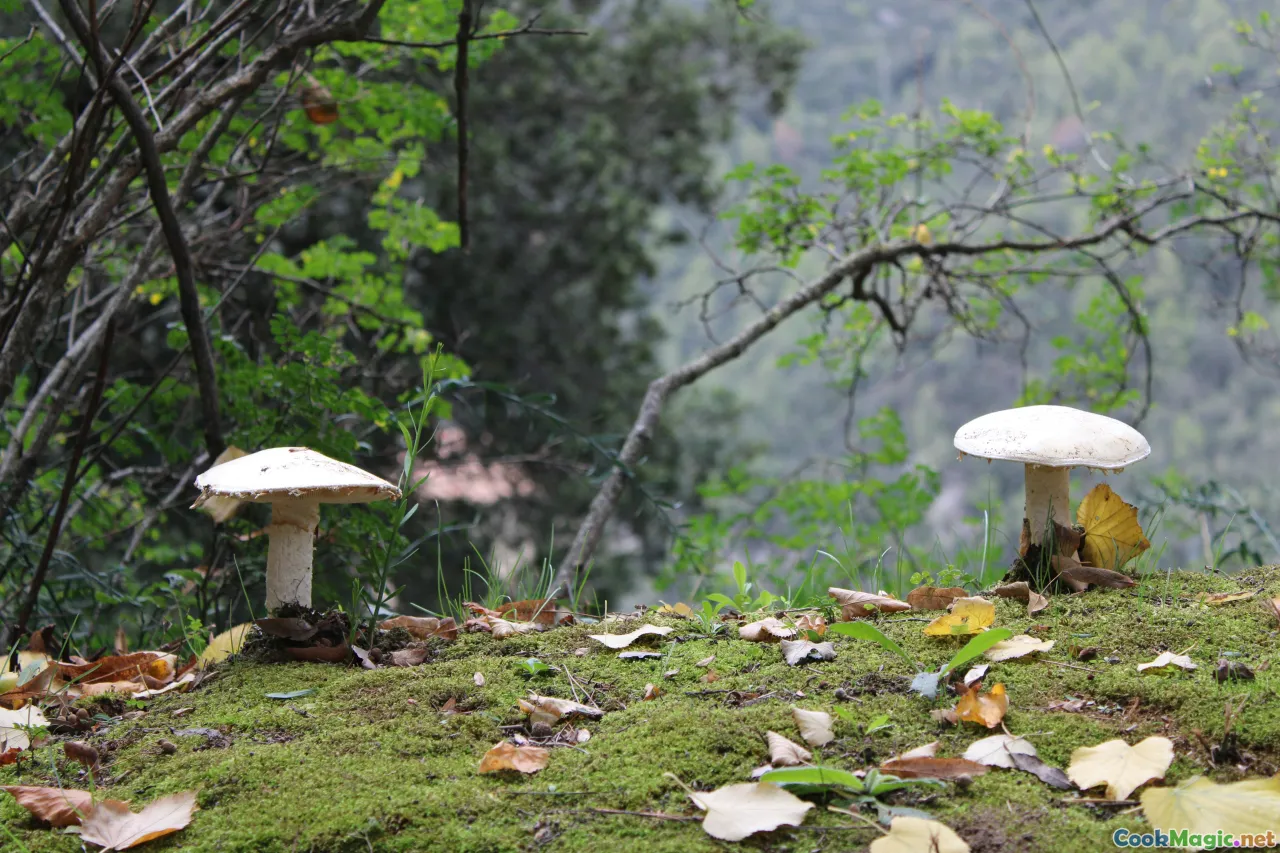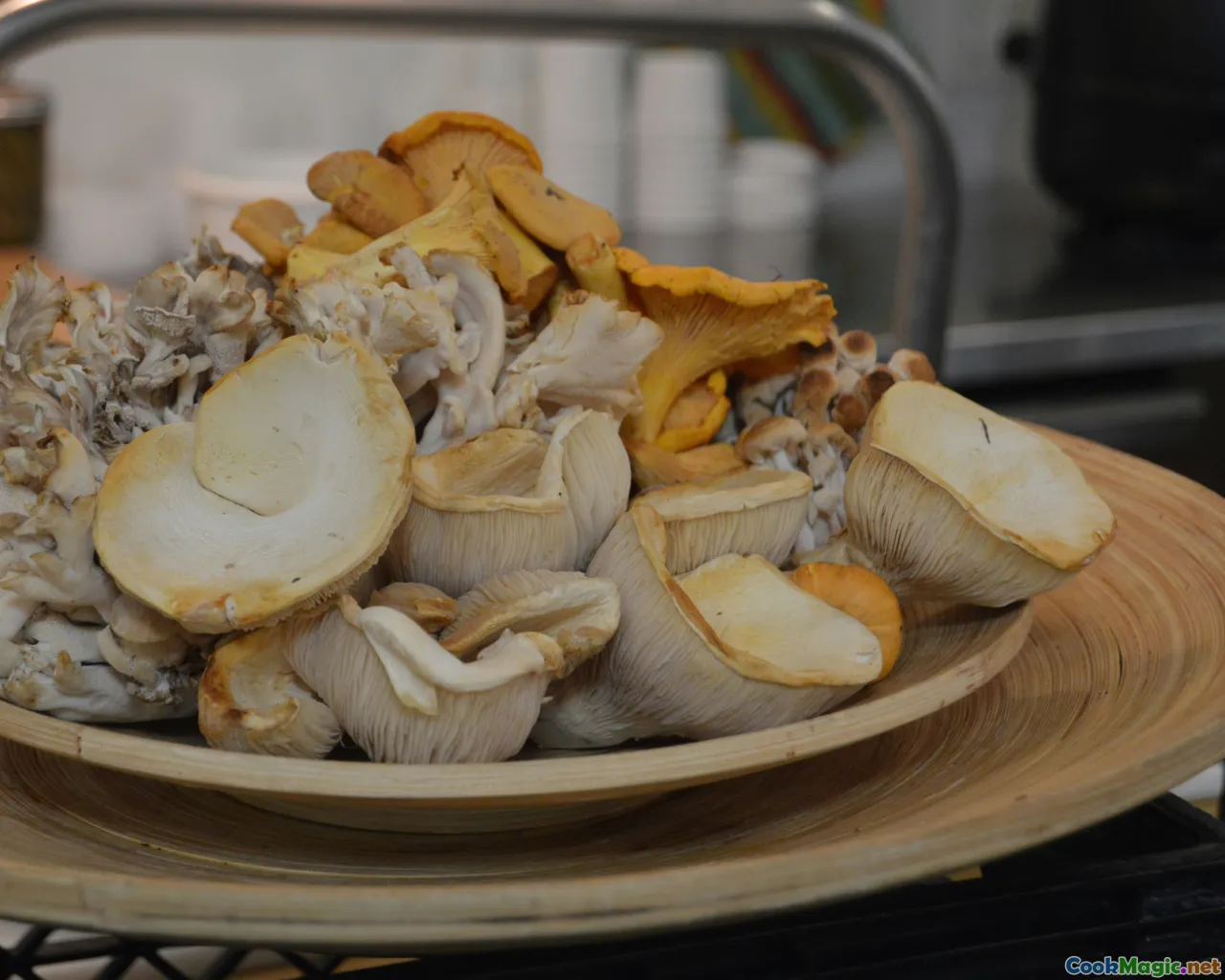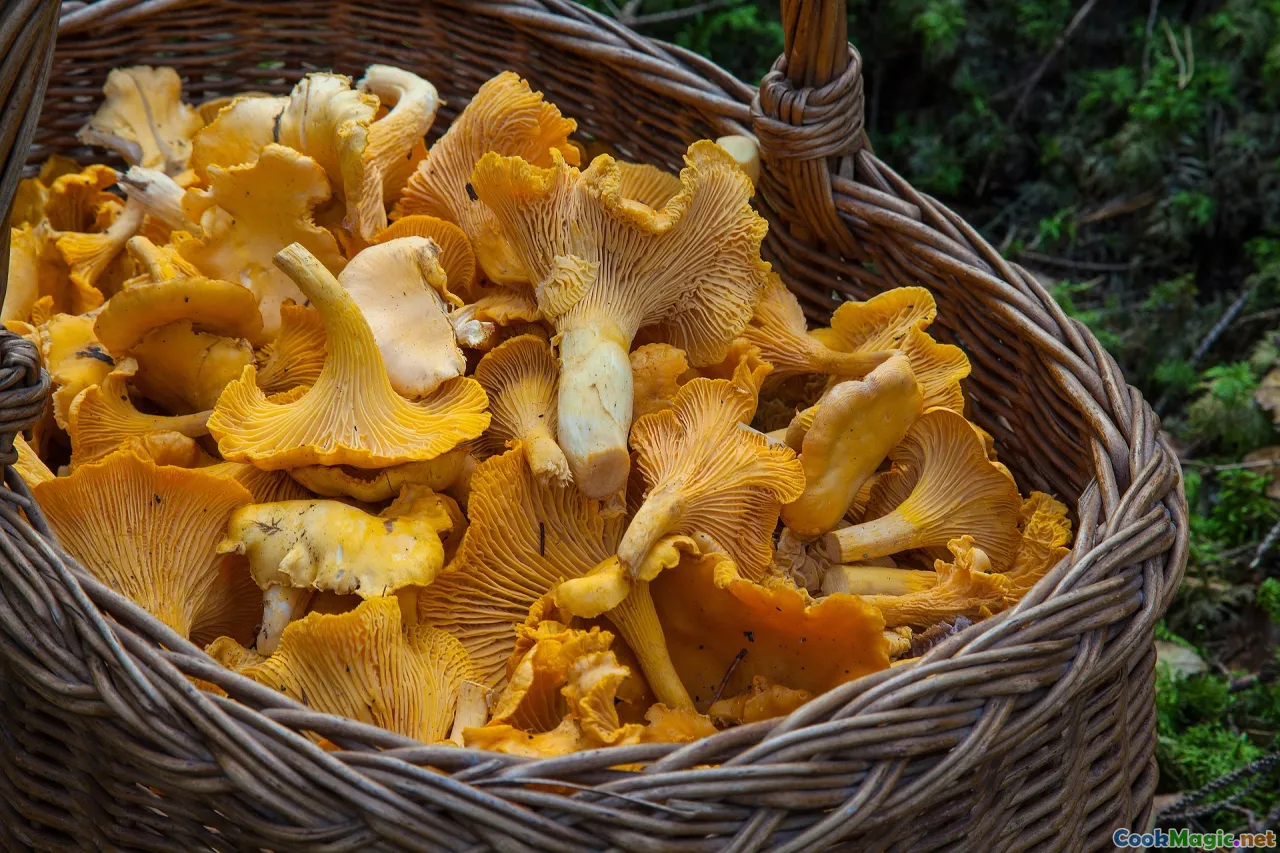Wild Mushrooms in Traditional Baltic Autumn Recipes
10 min read Explore the rich flavors of wild mushrooms through authentic Baltic autumn recipes, highlighting foraging traditions and culinary heritage. June 25, 2025 12:05
Wild Mushrooms in Traditional Baltic Autumn Recipes
As the leaves turn fiery shades of orange, crimson, and gold across the Baltic forests, a rich tapestry of culinary heritage awakens, centered around an unmistakable gift of the season: wild mushrooms. Stepping into the Baltic autumn is like entering a symphony of sensory delights, where earthy aromas mingle with the crisp fall air, and centuries-old recipes come alive through foraged treasures. For Baltic communities—ranging from Latvia’s quaint rural villages to Estonia’s coastal towns—wild mushrooms are more than just ingredients; they are symbols of tradition, resilience, and a profound connection to the land.
The Cultural Significance of Wild Mushrooms in Baltic Autumn

In the Baltic region, wild mushroom gathering is woven into the seasonal rhythm of life. For generations, locals have ventured into dense pine and birch forests to harvest porcini, chanterelles, milk caps, birch boletes, and other fungi, carefully selecting specimens that promise flavor and sustainability. These fungi are not only culinary staples but vessels carrying stories, family bonding, and local pride.
Historically, the practice of mushroom foraging dates back centuries. In Latvia, Nordic-like traditions included picking “sēnes” (mushrooms) during late September into November, often with families or neighbors converging in early mornings. In Estonia, mushroom harvesting is deeply intertwined with rural festivals, where women often share recipes passed down through generations over steaming pots of mushroom soup.
Evoking a sense of communal identity, mushroom festivals—like the annual “Latvian Mushroom Festival” in Sigulda—celebrate this harvest with storytelling, traditional music, and culinary competitions. These events reaffirm that the mushroom is much more than an ingredient; it’s embedded in Baltic cultural memory.
Foraging for Wild Mushrooms: A Practical Guide

While the allure of foraging is irresistible, safety and knowledge are paramount. Baltic forests are a treasure trove, but accurate identification is key to avoiding dangerous lookalikes.
Basic Tips for Foraging:
- Learn from Experts: Join guided foraging walks organized by local mycology groups or communities. Baltic countries often have seasoned foragers eager to share wisdom.
- Identify Key Species: Focus initially on well-known edible varieties like porcini (Boletus edulis), chanterelles (Cantharellus cibarius), and lactarius edible types.
- Use Reliable Resources: Carry field guides with vivid photographs and descriptions, such as “Baltic Mushrooms: A Forager’s Guide.”
- Observe Environment: Many edible mushrooms favor specific tree associations—porcini thrive under Scots pine, while chanterelles prefer moist oak or beech forests.
- Sustainable Harvesting: Never over-pick—leave some mushrooms behind to ensure natural regeneration.
- Test for Safety: When in doubt, consult local experts or botanists before consuming, and always cook wild mushrooms thoroughly to eliminate toxins.
Harvesting Ethical and Cultural Respect:
Respect the land, local customs, and conservation efforts. In some regions, permits are required, and leaving portions of the harvest honors the practice of sustainable gathering.
Signature Baltic Dishes Celebrating Wild Mushrooms

Baltic cuisine transforms wild mushrooms into comforting, flavorful dishes that celebrate seasonal abundance. Here are some quintessential recipes that exemplify this culinary heritage:
1. **Latvian Mushroom Soup (“Sēņu zupa”)**This hearty, invigorating soup combines fresh porcini and milk caps simmered amid vegetables, with a touch of dill and sour cream lending creaminess and brightness. The earthy aroma filling the kitchen as the mushrooms gently soften is akin to autumn itself.*Ingredients:*porcini, milk caps, carrots, onions, potatoes, dill, sour cream, salt, pepper.Preparation: Sauté onions and carrots, add chopped mushrooms, then pour in broth and diced potatoes. After simmering until tender, finish with chopped dill and a dollop of sour cream for richness.
2. **Estonian Chanterelle Ragout (“Seenepraad”)**Chanterelles are sautéed with onions, garlic, and bacon, then simmered with cream to create a luxurious, velvety stew. It’s typically served with dense black rye bread or boiled potatoes.Flavor profile: Earthy, smoky, with a hint of sweetness from the cream.
3. **Lithuanian Mushroom Pilaf (“Grybų plovas”)**In Lithuania, wild mushrooms find a home in rice pilafs, where fragrant spices like caraway seeds and bay leaves complement the umami mushrooms.Cooking tip: Use a mix of dried and fresh mushrooms to deepen flavor.
4. Frozen and Pickled Mushrooms
Preservation is an age-old practice. Mushrooms are dried for winter use or pickled with garlic, dill, and peppercorns. These preserved delights are added to salads or served as antipasti during the festive season.
Embracing the Forest—Authentic Baltic Mushroom Experiences

Beyond recipes, wandering Baltic forests during peak mushroom season becomes a soulful pilgrimage. In Latvia’s Gauja National Park, early mornings are filled with the whispering trees and the anticipation of uncovering hidden clusters of porcini or golden chanterelles.
In Estonia’s Lahemaa National Park, local guides lead foraging excursions, recounting how larvae of Clitopilus passeckerianus are deliberately cultivated by curious locals—though most mushrooms are wild-harvested—underscoring sustainable practices rooted in respect for nature.
Local culinary artisans often invite visitors to harvest portions of their own mushrooms, offering a chance for hands-on learning—crucial for preserving this tradition amid modern life.
The Emotional and Personal Connection to Wild Mushrooms
For many Baltic families, mushroom picking is more than a seasonal activity; it’s a tradition that stokes memories of childhood, family bonds, and regional identity. I recall sitting around a rustic wood stove in a Latvian cottage, my grandmother meticulously slicing and drying mushrooms while humming old folk tunes.
That aroma, the crackling of the fire, and the stories shared over steaming cups of mushroom tea form an indelible imprint—an embodiment of autumn’s warmth and the land’s generosity.
Tips for Modern Culinary Enthusiasts
- Experiment with Fusion: Incorporate wild mushrooms into modern dishes—risottos, pasta, or even vegetarian burgers—to bring Baltic flavors into your kitchen.
- Preservation: Try drying or pickling your mushrooms to enjoy their season-long bounty.
- Sustainability: Always forage responsibly, respecting local regulations and biodiversity.
- Local Ingredients: Pair wild mushrooms with local products—Baltic sourdough, dairy, berries—to recreate authentic regional flavors.
Final Thoughts
Wild mushrooms are more than gustatory delights; they are living links to centuries of cultural tradition, sustainable living, and a profound reverence for nature's seasonal bounty. In the heart of Baltic autumn, foraging and cooking become acts of homage—an emotional celebration of land and lineage. Whether you're savoring a steaming bowl of Latvian sēņu zupa or immersed in the forest’s quiet magic, wild mushrooms invite you into a rich heritage that continues to nourish both body and soul.
As the Baltic forests prepare to sleep again under winter’s blanket, the autumn harvest of fungi reminds us: the land whispers secrets in every cap and stem, inviting us to listen, learn, and taste the timeless embrace of nature’s wild offering.









